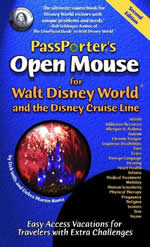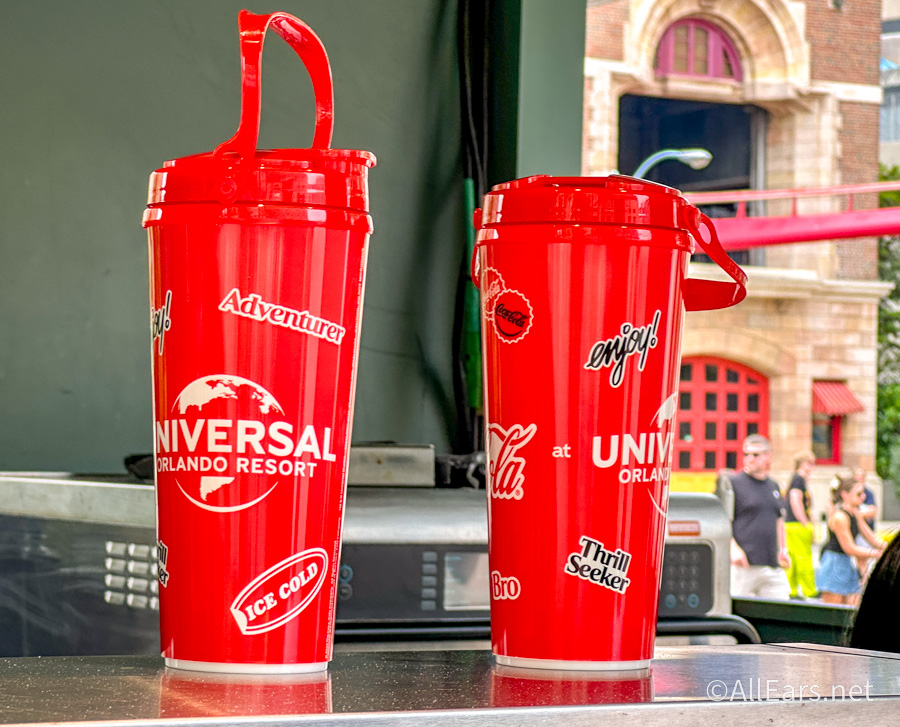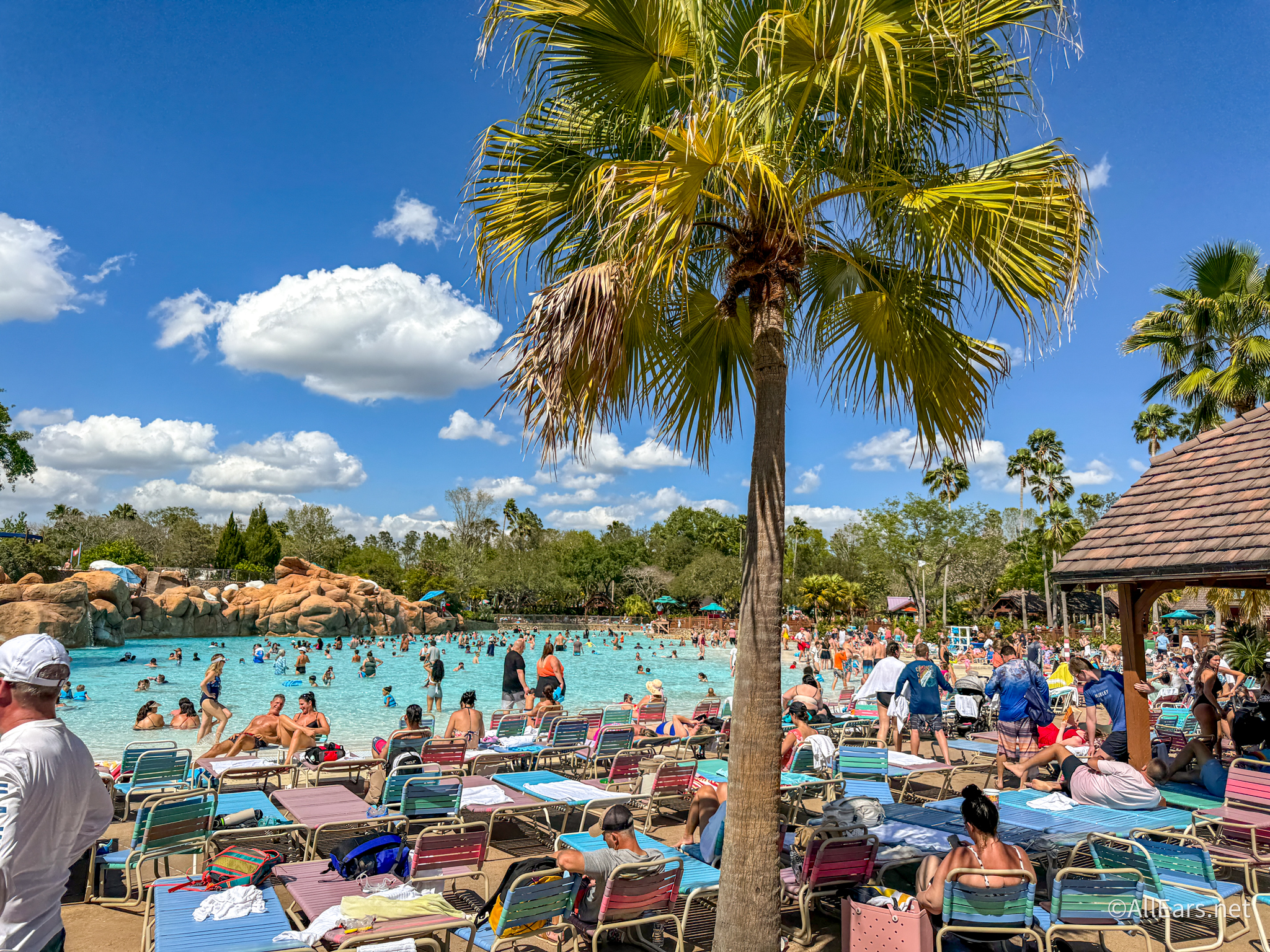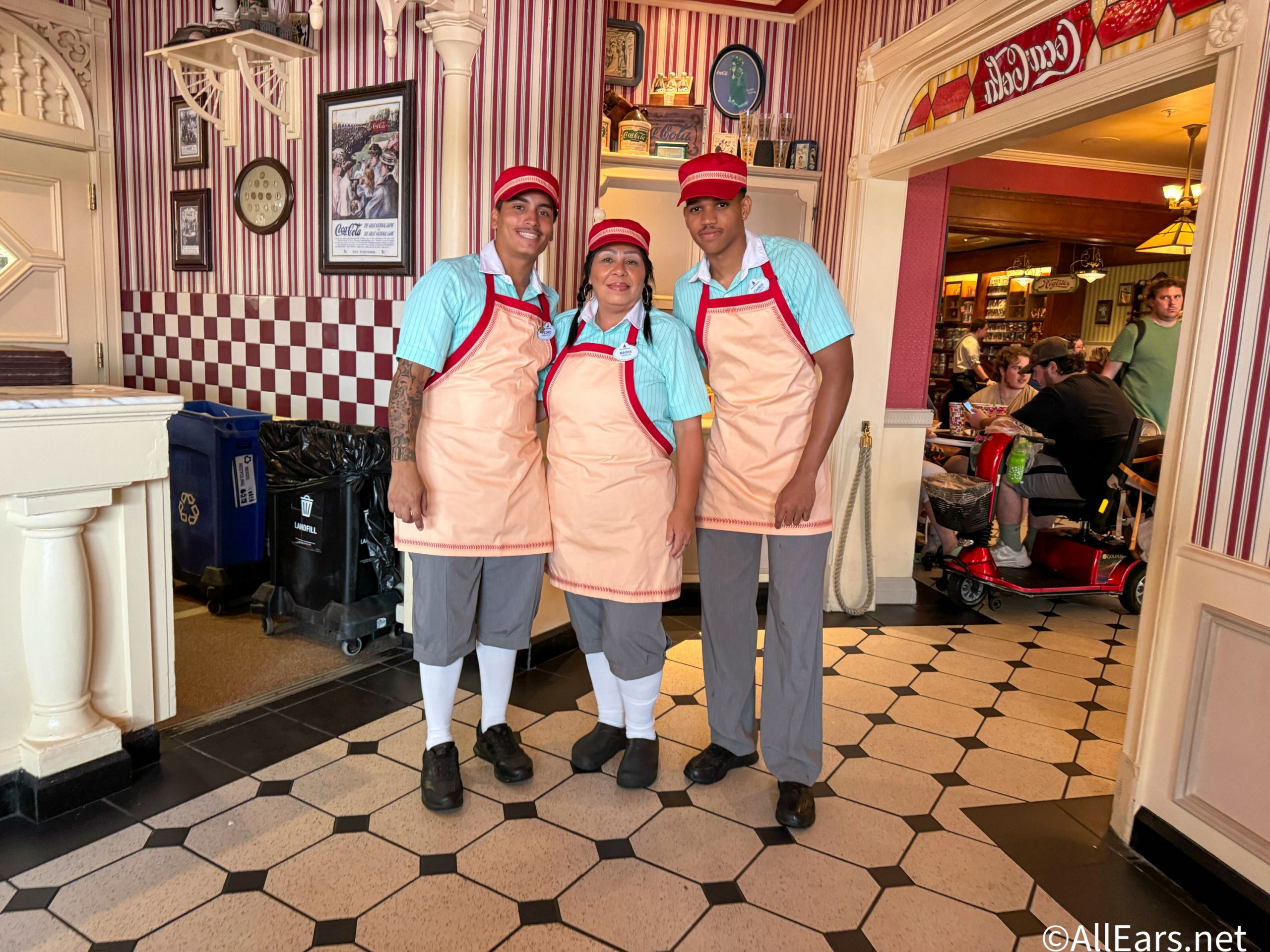Walt Disney World Tips for Travelers with Epilepsy
by Amy Warren Stoll
Reader Tips HERE
Traveling to WDW with Epilepsy?PassPorter's Open Mouse for Walt Disney World and the Disney Cruise Line has detailed information for you! More than 400 pages of information! |
1. Wear medical identification. If you're traveling alone, or with people who are not familiar with your medical history, or if you may not be with your traveling party 100% of the time, consider wearing medical identification (such as a MedicAlert bracelet) that not only identifies that you have seizures, but also provides access to information for emergency personnel. Also, write out a list of your medicines. In addition to the names of your medicines, be sure to include the dosages and how often you take them. Put this list in an obvious place for emergency workers to find, such as with your photo ID.
2. Consider travel insurance. If your travels include a cruise, it would be wise to buy travel insurance. While the ship does have facilities to treat minor seizures or to stabilize more serious ones, the possibility of having to be evacuated to a hospital on land certainly exists, and it is an expensive predicament(tens of thousands of dollars!) to find yourself in. Be sure to purchase your travel insurance as soon as you place your deposit for your cruise. In order for the "pre-existing condition" exclusion to be waived, your insurance must be purchased within a 10-21 day window (varies by company) after you book your cruise. Note: the insurance offered by DCL does NOT cover pre-existing conditions. Ask your travel agent for alternate suggestions or you can visit www.quotetravelinsurance.com to compare policies and make your purchase online.
3. Bring your medications. Be sure to bring not only your daily medications, but also any that your doctor has prescribed to be used in the event of "breakthrough" seizures. Bring extra days of medication. Travel delays can happen and you want to be prepared just in case. Also, pack those in your carry-on, never in your suitcase and keep them in their original containers.
4. Do your best to maintain your routine as you do at home. Changing your sleep/wake cycle or taking your medication at a different time will increase your risk of having a seizure, even if you've been seizure-free for quite some time. If you have no choice but to change your routine while at Disney (maybe you work night shift, for example) consider a visit to your doctor before you leave to ask about ways to cope with the effect on your body and lessen the chances of a seizure.
5. Don't overplan. You may find it difficult to rest well the night before your trip. The excitement and anticipation of your long-awaited trip can sabotage any hope of getting a good night's rest before you leave. With that in mind, don't plan a late night on your arrival day. As tempting as the new late night Extra Magic Hour might sound, save it for another day.
6. Bring your favorites. Do you have certain foods or drinks that you prefer when taking your medicines? Bring them with you to keep in your room. Having these on hand will also make it more convenient to take your meds.
7. Bring an extra dose of your medication in your park bag so you'll be able to take it on time even if you're delayed getting back to your room. This may also allow you to be more flexible with your plans as the day unfolds.
8. Don't be afraid to say "I need a break." If you need to rest, then rest. Surely both you and your travel party would rather spend a few hours back at the room taking a nap, than spending several hours being poked and prodded at the emergency room.
9. Drink plenty of fluids. The effects of dehydration can trigger a seizure just as easily as a missed dose of medication.
10. Use the same precautions that you would at home. If you don't swim alone at home, then don't do it on vacation. If you don't drink alcohol at home, don't do it on vacation. If your resort room has a kitchenette, adapt your kitchen safety plan from home to your temporary digs. In general, be on the lookout for potential hazards (moving vehicles, sharp corners, unprotected drop-offs) and take precautions just as you would at home.
What if you have a seizure? So, you're doing everything you can to prevent a seizure, but because of the unpredictability of epilepsy, you still have one. Don't worry, it's by no means an uncommon occurrence at Disney World and the cast members will be able to help you through it if it happens. If you're traveling with friends or family, they can assist you during the seizure and help reorient and reassure you after the seizure is over. They can also offer guidance to cast members as to whether a call to EMS will be necessary. If you're traveling alone then a cast member will most likely call EMS as soon as they've been alerted that a guest is having a seizure. Don't worry. As long you begin to wake and reorient, Reedy Creek Fire Department (Walt Disney World's EMS) will not haul you off to the ER without your consent. From personal experience, I have found them to be very sensitive to the desire of most seizure patients to not go to the ER for every seizure. Through a series of questions they'll determine if you're able to make an informed decision, then after discussing the risks with you, you will be allowed to leave on your own if you wish. If you are staying on Disney property they may even be able to arrange for alternate transportation back to your resort, rather than using Disney transportation, getting you back to your room for a good rest as quickly as possible.
What if a trip to the hospital is necessary? Maybe you were injured during the seizure, or this is the first seizure after a long period of being seizure-free, or you suspect an illness or dehydration may have triggered the seizure, or you're traveling solo and realize that being checked out would be best since there is no one with you to call for help if you have second seizure after returning to your room. Florida Hospital at Celebration is the closest hospital to Walt Disney World and Reedy Creek will be happy to transport you there. If you're traveling solo or if your travel party isn't using a car then you 'll need to take a taxi back to your resort after you've been treated. The cost is reasonable, less than $20 to most resorts. Note: Disney doesn't charge for its emergency medical services. That's quite a perk when you realize that an ambulance trip to the hospital at home could easily cost you more than $350!
The fun and magic doesn't have to end. You've had a seizure, but after a good rest, don't be afraid to get back out and continue your trip. If you've had seizures for most of your life then you most likely know how to read yourself and know what you're capable of. Take stock of what happened. Think about what the possible triggers could have been, and take steps to prevent another seizure. If your travel party was not aware of (or wasn't prepared for) your having seizures, then take time to talk to them, allay their fears and answer their questions. They will probably want to know how they can help if it happens again. Talk to them about basic seizure first aid and tell them what your "rules" are about when to call EMS. Assure them that although you have personal preferences about when to call for help and when to "leave you be," if they are frightened or concerned then a call to 911 is absolutely appropriate.
If you are traveling solo then take a few extra steps to improve your safety. Is there family at home that you should make aware you've had a seizure? If you're concerned about the possibility of more seizures, perhaps you could arrange "check in" times with your family. If they don't hear from you at certain intervals they can call the front desk of your resort and ask that someone check on you? No family available to call? Then maybe you want to make the duty manager of your resort aware that you're having difficulty? If you have another seizure they could make EMS aware that you've had more than one seizure so that EMS will know that this may be a more serious situation than normal. Also, avoid using the "do not disturb" sign for the rest of this trip. If you're in your room but incapacitated, you may not receive the help you need, since typically a resort will respect the sign for 48 hours before entering your room.
Whether it's you, your child, or other family member who is traveling with seizures, Walt Disney World or a Disney Cruise can be a safe and fun vacation destination. After discussing any concerns with your doctor, don't be afraid to give it a try. With some planning and preparation before you go, and some common-sense precautions after you arrive, there are plenty of magical moments just waiting for you!
Tina Mezquita: My daughter has had epilepsy since she was 2 (she's now 5) and has visited WDW three times since her diagnosis. The advice that Amy Warren Stoll offers is great. I have one thing to add. My daughter's liquid medication does not require refrigeration, but cannot tolerate high temperatures or it will become ineffective. The first aid stations were very accommodating when I requested that the meds be stored for me. Every nurse that I encountered at the first aid centers was pleasant, friendly, and helpful. I would suggest that others use this service, whether epileptic or not. Again, many thanks to you and your staff.





















